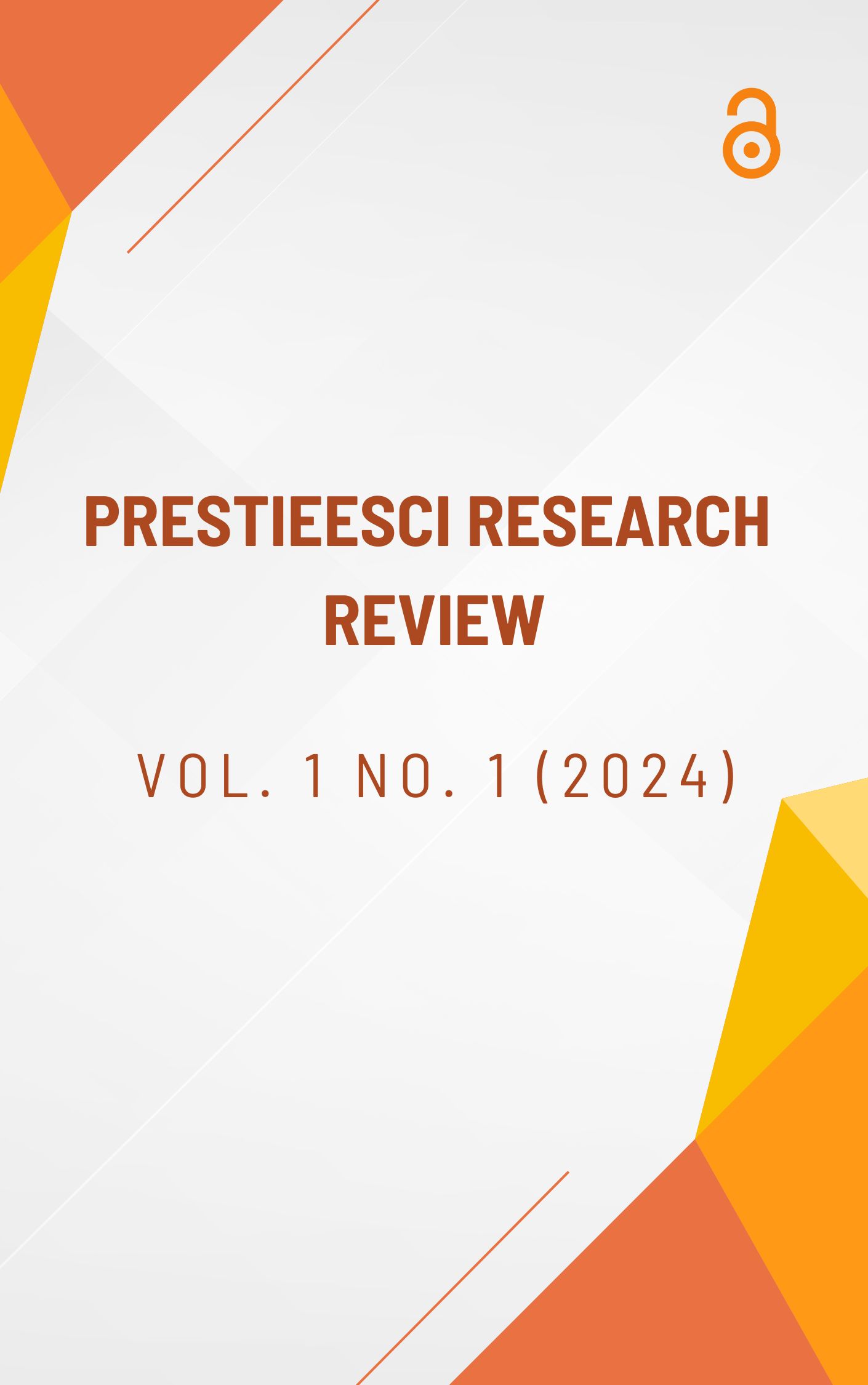Formulation And Evaluation Of Lamivudine Mouth Dissolving Thin Films
Keywords:
Mouth Dissolving Film, Lamivudine, FTIR, XRD, DSC and SEM, Solvent casting methodAbstract
A reverse transcriptase inhibitor, lamivudine is used to treat hepatitis B and HIV. To help patients who have trouble swallowing traditional dosage forms and to improve the drug's bioavailability and start of action, the current study aimed to formulate Lamivudine films that dissolve in the mouth using different polymers to achieve a faster disintegration time and better drug release. Mentally ill, young, old, and developmentally disabled persons all benefit from the increased accessibility that MDFs give. Using a solvent casting technique, MDFs were produced. Physical appearance, drug content uniformity, thickness, folding endurance, surface pH, in vitro disintegration time, tensile strength, percent elongation, scanning electron microscopy, in vitro dissolution studies, stability studies, comparison with marketed formulations, in vitro disintegration, spitting, and evaluation of taste are all criteria that the optimised MDF satisfies. Within 12 minutes, the enhanced MDF obtained a % CDR of 78.54±1.05%, whilst the ideal formulation reached 99.25±1.20% in only 10 minutes. The findings confirmed that the Lamivudine-infused MDFs were effective.
A reverse transcriptase inhibitor, lamivudine is used to treat hepatitis B and HIV. To help patients who have trouble swallowing traditional dosage forms and to improve the drug's bioavailability and start of action, the current study aimed to formulate Lamivudine films that dissolve in the mouth using different polymers to achieve a faster disintegration time and better drug release. Mentally ill, young, old, and developmentally disabled persons all benefit from the increased accessibility that MDFs give. Using a solvent casting technique, MDFs were produced. Physical appearance, drug content uniformity, thickness, folding endurance, surface pH, in vitro disintegration time, tensile strength, percent elongation, scanning electron microscopy, in vitro dissolution studies, stability studies, comparison with marketed formulations, in vitro disintegration, spitting, and evaluation of taste are all criteria that the optimised MDF satisfies. Within 12 minutes, the enhanced MDF obtained a % CDR of 78.54±1.05%, whilst the ideal formulation reached 99.25±1.20% in only 10 minutes. The findings confirmed that the Lamivudine-infused MDFs were effective.




